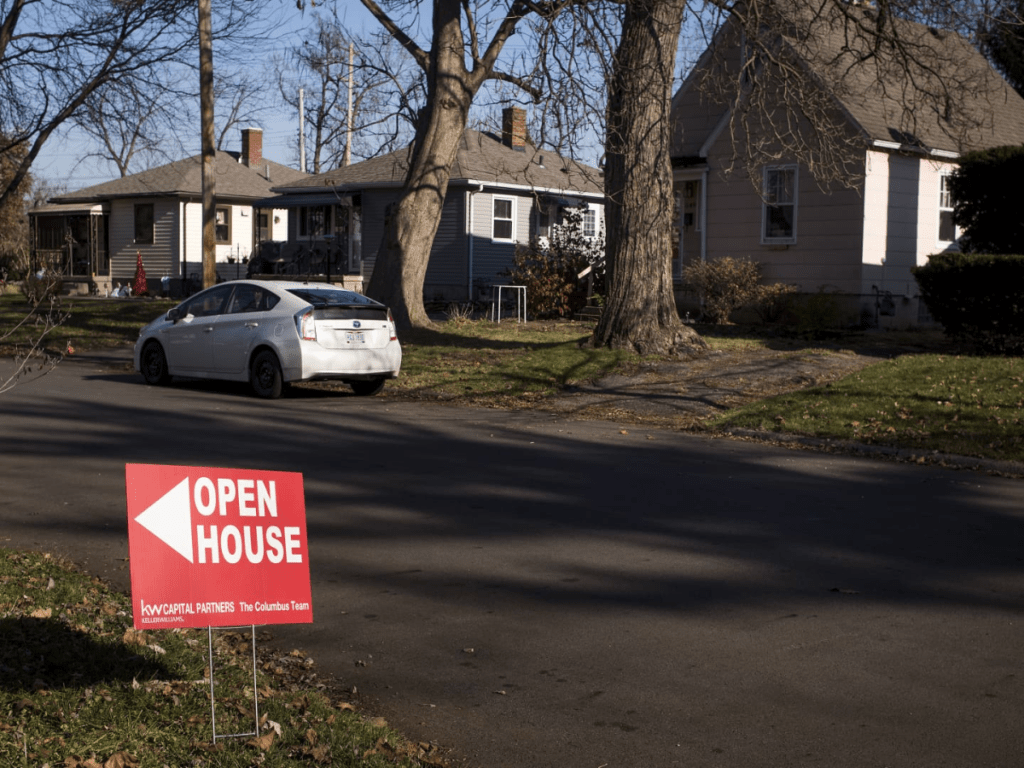
Homebuying Demand Soars to 15-Month High, Defying High Mortgage Rates
U.S. homebuyers are rushing back to the market now that the election is over and the Federal Reserve has cut interest rates for the second time in a row.
Redfin’s Homebuyer Demand Index, a barometer of buying and selling inquiries, surged 17% year over year to its highest point since August 2023 in the past week.
The spike reflects pent-up demand that’s finally breaking free, though the comparison is against the dismal climate of late 2023 when high mortgage rates were throttling demand.
Mortgage rates, while still elevated, are easing. The weekly average sits at 6.78%, compared with last year’s 7.44%. Thanks to that, mortgage-purchase applications have ticked up 2% from last week, and pending home sales climbed 4.5% year over year during the four weeks ended November 17.
According to Chen Zhao, Redfin’s Economic Research Lead, the surge in buyers and sellers flooding the market is the outcome of pent-up demand from those waiting for the election and the Fed’s second rate cut.
The big question now is whether this post-election spike is just a short-lived burst or the start of a climb in pending sales.
New listings barely budged, up just 0.4% year over year, but the total number of homes for sale shot up 11.8%. “Rates are high, and we’re deep into fall, yet buyers and sellers are still active,” says Meme Loggins, a Redfin Premier agent in Portland.
Although some buyers remain stuck on the psychological hurdle of high mortgage rates, many are coming to terms with the fact that rates aren’t sliding anytime soon and opting for conventional or FHA loans.
Loggins advises buyers who can stomach today’s high costs to act now as prices are still lower than last year but may soon jump as competition ramps up. Sellers, she warns, should not wait. Serious buyers are out there, particularly for sought-after properties.

What’s the Outlook for the Housing Market?
The U.S. housing market is far from stable, though, teetering between recovery and stagnation as it grapples with surging prices and stubborn inventory constraints.
Redfin’s data from more than 400 metro areas for the four weeks ending November 17 2024 suggest a market trying to regain footing.
Median sale prices have climbed 6.4% year over year, hitting $387,475, the biggest jump since October 2022. Asking prices rose 4.6% to $389,173.
Yet though prices are rising, the affordability crisis is worsening. The median monthly mortgage payment has climbed to a stonking $2,593 at a 6.78% rate, up 0.5% from last year.
Pending sales are up 4.5%, signaling strong demand, but new listings are barely budging with a meager 0.4% hike, suggesting supply growth is dragging its feet.
Active listings have risen 11.8% year over year to more than a million homes. But that is the smallest jump since March, a red flag that inventory growth may be running out of steam.
With supply at just four months, the market is still skewed toward sellers, but just barely. Homes are sitting on the market longer with a median of 42 days, seven more than a year ago.
Only 30.1% of homes are flying off the market within two weeks, down from 35%, and the share of homes selling above the list price has dropped to 25.1% from 28%.
Meanwhile, the housing market is a tale of two realities: while some regions are booming, others are sputtering.
Cleveland, Newark, Milwaukee, Detroit and Miami led the charge with price hikes surpassing 11%, fueling a narrative of rebounding urban centers.
But the Sun Belt, with Atlanta and San Antonio recording slight price declines, suggests the supposed housing boom may not be as universal as it seems.
Pending sales surged in metros like San Jose, Dallas and New York with growth rates touching 17.8%, 17.4% and 15.5%, respectively. Miami and neighboring Florida metros, by contrast, posted double-digit declines.
New listings were noticeably up in Washington, D.C., San Francisco and Seattle, suggesting some markets are still catching up to demand. But elsewhere, particularly in Austin, Atlanta and San Antonio, supply has contracted sharply, pointing to possible tightness ahead.



